The Best Time for “Monster Hunting and Leveling up” in the Electric Vehicle Industry
If we regard any industry as a game, then the Chinese New Year must be the best time for “monster hunting and leveling up” in the electric vehicle game. In 2022, after the Spring Festival, we suddenly found that the game of electric vehicles has become much grander.
This grandness does not refer to the market scale or how many car companies have expressed their determination to transform to electrification. It is that the technology upgrade and competition are starting to spread to higher-level and lower-level processes. The competition of “machines” in the auto industry is not enough, and the “machines that make machines” such as factory processes are the core of the layout that determines the outcome of the war.
Just today, Volvo Cars announced that it would invest 10 billion Swedish kronor (about 7 billion yuan) in its Torslanda plant in Sweden over the next few years to prepare for the production of the next generation of fully electric vehicles.
(The video below can be watched for better understanding)
The most revolutionary change among them is the introduction of the large-scale aluminum body parts casting process.
“Super Charging Station” recently had the opportunity to interview Dr. Mikael Fermér, responsible for the vehicle platform architecture at Volvo, to talk about why this production technology is considered a “revolution in car manufacturing.”
What is the Integrated Casting Process?
For people who have visited traditional car factories, they must be familiar with the names of the four major workshops: stamping and welding. In these two processes, multiple scattered body parts are assembled into a larger part of the vehicle body. The integrated casting process, to some extent, can be regarded as using pressure casting to directly produce large-scale body components, effectively combining these two steps, and producing tens or even hundreds of separate components directly into one part.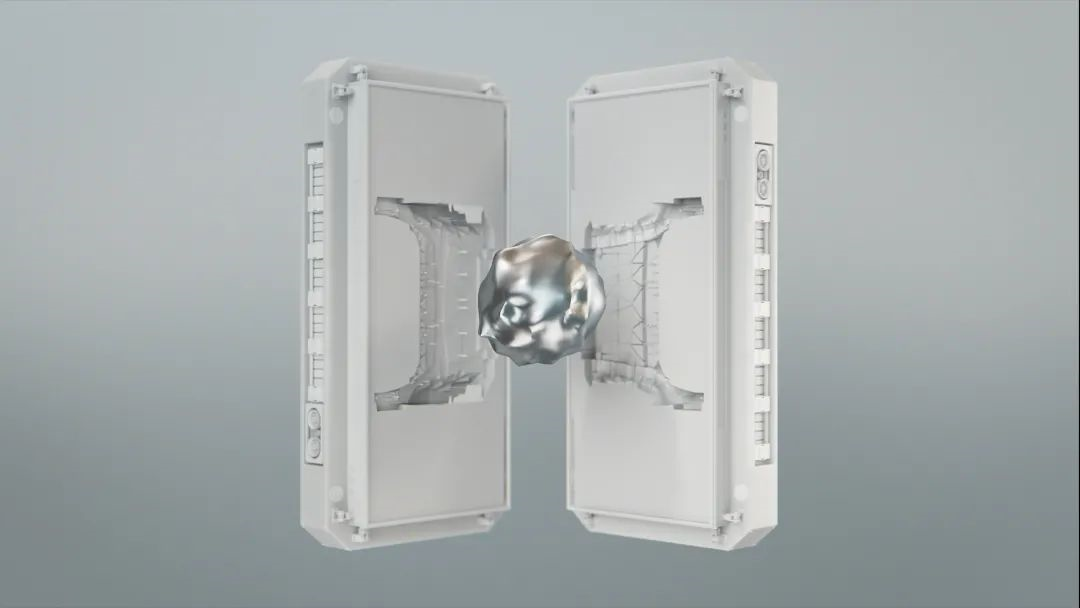
Compared to traditional production processes, not only does the production process become extremely simplified and the production pace accelerated, but more importantly, key performance indicators such as the weight and strength of individual parts can also be optimized.
The specific casting process is actually just a link to integrate the upstream and downstream of automobile production. The introduction of integrated casting technology will have a positive impact on the use of vehicle body materials upstream and the transportation and logistics of downstream components. It not only saves costs, but also reduces the environmental impact of these links.
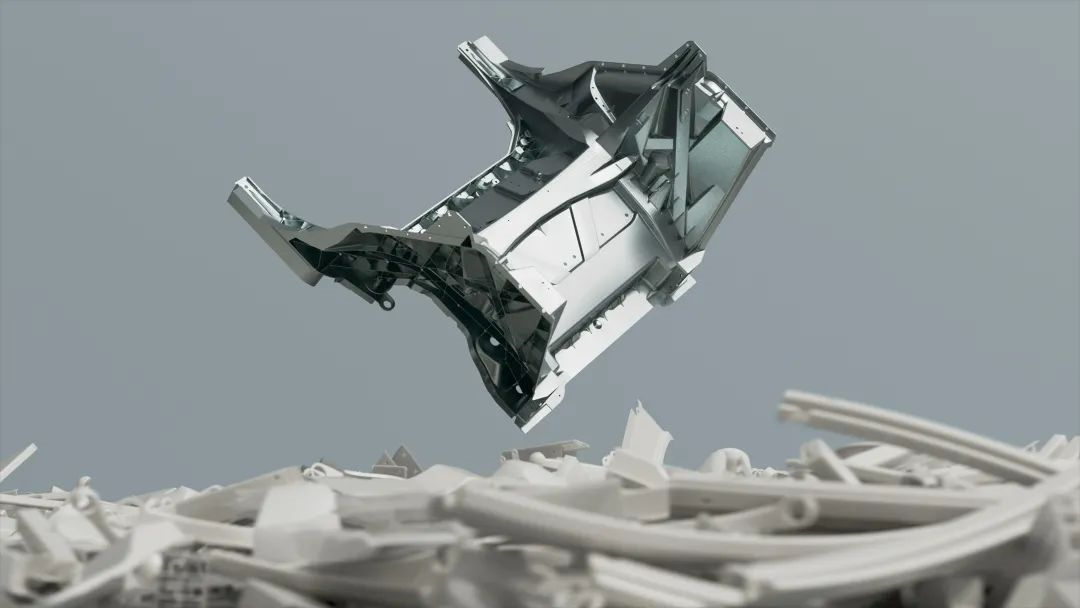
Different from many current manufacturers who only try this process with small-volume body parts and lower tonnage die-casting machines, Dr. Mikael Fermér introduced that Volvo will choose to use an 8000-ton die-casting machine from the very beginning of this technique, which is also one of the highest tonnage die-casting machines currently planned for use in the industry, and the company plans to first apply the integrated casting to the chassis position at the rear of the car. This determination is indeed huge.
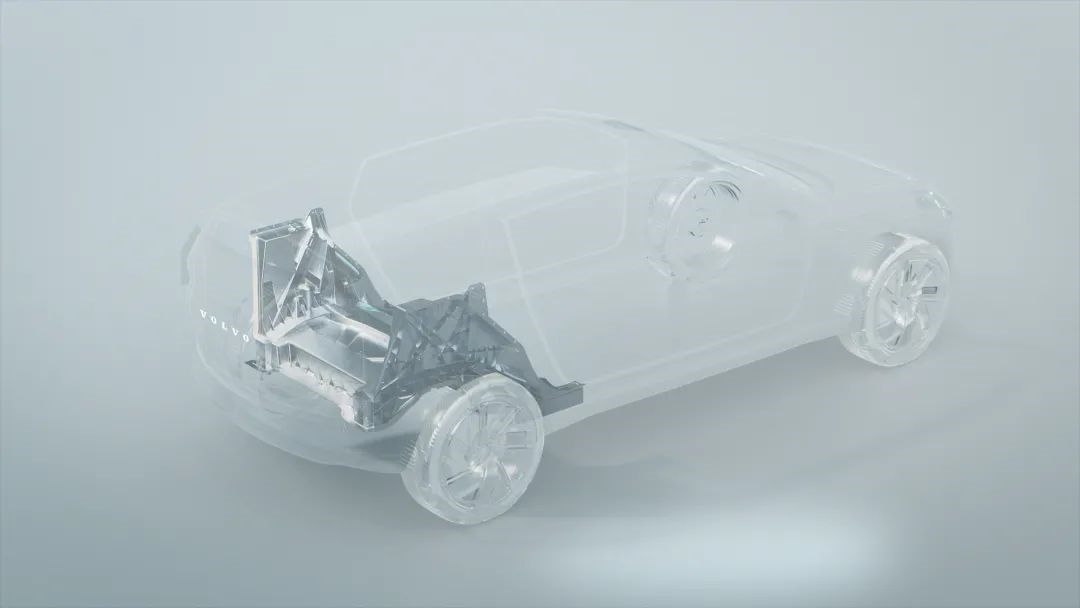
Dr. Mikael Fermér explained to us the reasons for this decision: on the one hand, the chassis at the back of the car integrates a large number of components such as motors and suspensions. Through integrated casting, about 100 steel parts can be replaced at once;on the other hand, the first application of integrated casting here can also establish a relatively good business case.
Previously, we already knew that integrated casting would make an existing car better, but what we didn’t know is that the greater significance of integrated casting lies in making a car that does not yet exist better.
A Production Revolution
Going back to the question at the beginning, standing in 2022, it seems that all consumers have a clearer demand for “better electric vehicles”, hoping for longer range, faster charging speed, more comfortable riding experience and lower purchasing costs.
Volvo has also described to us such “next-generation electric vehicles”, which can be better realized by integrated casting.
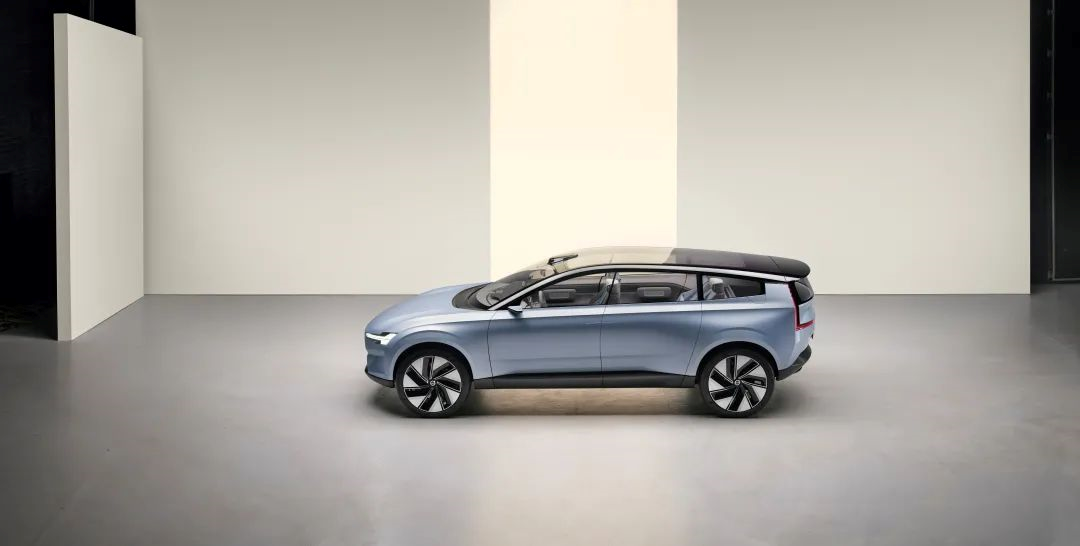
Dr. Mikael Fermér introduced to us the important role of integrated casting in Volvo’s vehicle development process.First of all, the most direct value of one-piece casting is the reduction of vehicle weight, and for electric vehicles, every pound counts towards longer range. This makes it more friendly for extending the range.
Secondly, one-piece casting helps to further integrate complex and large components in the vehicle body. Through technological advancements, these systems can be integrated faster, enabling lower seats, lower roofs, and smaller vehicle cross-sectional areas. Not only can this reduce air resistance and improve energy efficiency, but it can also provide a better driving experience.
Thirdly, one-piece casting reduces the complexity of the manufacturing process, allowing Volvo designers to optimize the passenger and cargo areas for multi-functionality.
In a traditional car platform, “its specifications and scale have already been determined, so it is very difficult to modify later, basically equivalent to a rebuild.”
“But with integrated casting, new technologies can be quickly adapted, such as new motors and batteries for electric cars, and new storage systems. With integrated casting, redesigns can be faster and easier.”
Dr. Mikael Fermér believes that integrated casting is a technology that is extremely friendly for manufacturers who want to innovate and produce the next generation of electric vehicles. “There will definitely be more innovations or new trends in electric vehicles in the future, but we are not sure yet what exactly will happen, so it would be best to maintain this flexibility from the beginning.”
Currently, users have more concerns about the maintainability and maintenance costs of one-piece casting. Dr. Mikael Fermér states that from an insurance cost point of view, one-piece casting and traditional production processes are at a similar level. If a one-piece casting vehicle body component is damaged, it can still be repaired through traditional welding processes. Even more extensive body repairs can be carried out through the means of one-piece casting technology.
The Long War
Dr. Mikael Fermér did not forget to calculate his accounts during the holiday season. One-piece casting is a long-term investment that brings more obvious advantages to the industry.
The consensus in the industry regarding this technology is that it can significantly reduce production costs. Taking the chassis as an example, the manufacturing cost of an aluminum one-piece chassis is significantly lower than that of a steel structure chassis.
However, investing in one-piece casting also means significant investments in factories and equipment, which can be costly. This is also why some manufacturers are hesitant to adopt this technology.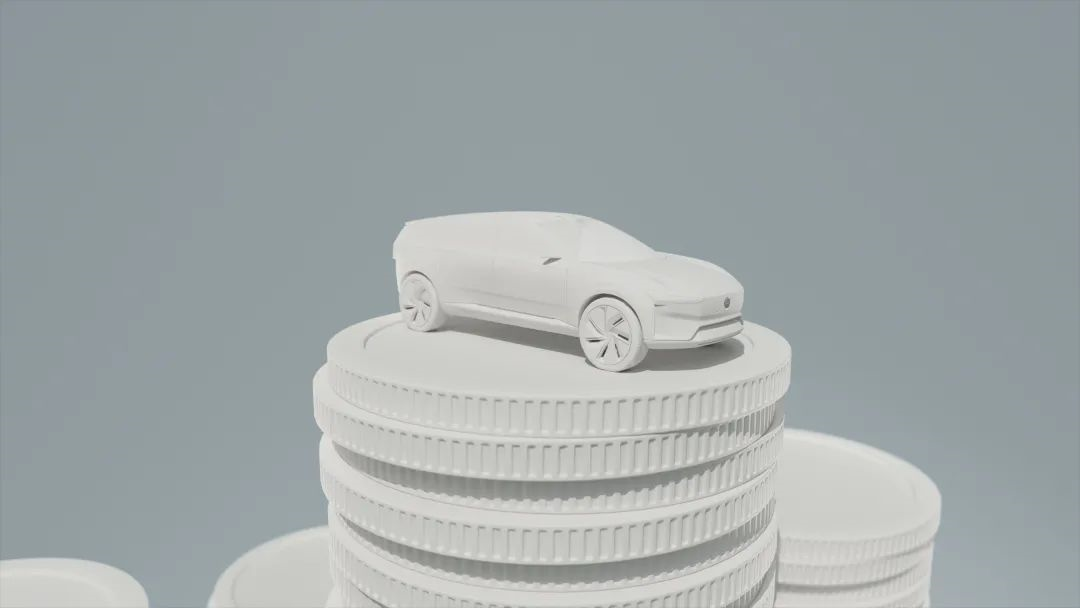
According to Dr. Mikael Fermér, the investment cost is more important in terms of cost. After the investment in integral casting is completed, a lot of costs can be saved in design and mold making, etc., which undoubtedly can “further reduce long-term investment costs” for manufacturers like Volvo who are about to fully invest in electrification and new platforms.
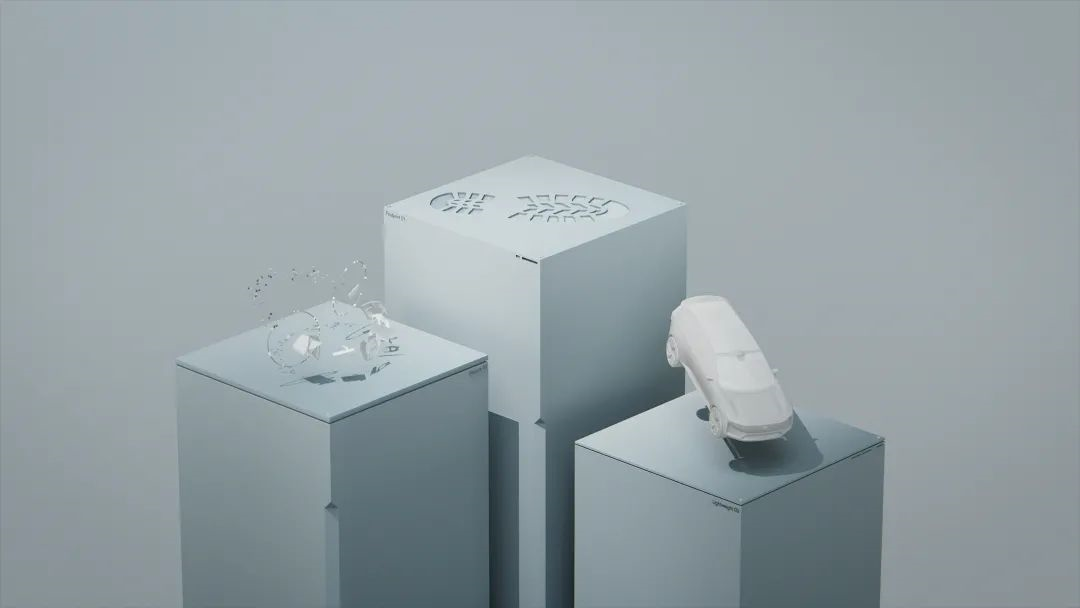
The ultimate innovation of production will also be presented to consumers as innovative vehicles. “Integral casting ensures that we always provide the market with better products, and can quickly adapt to customer needs and emerging technologies, thus ensuring that we always provide more attractive products to the market.”
The upgrade of the Torslanda plant is just a microcosm of Volvo’s production process evolution, and integral casting will be ready for use in the latest pure electric vehicle models by 2025.
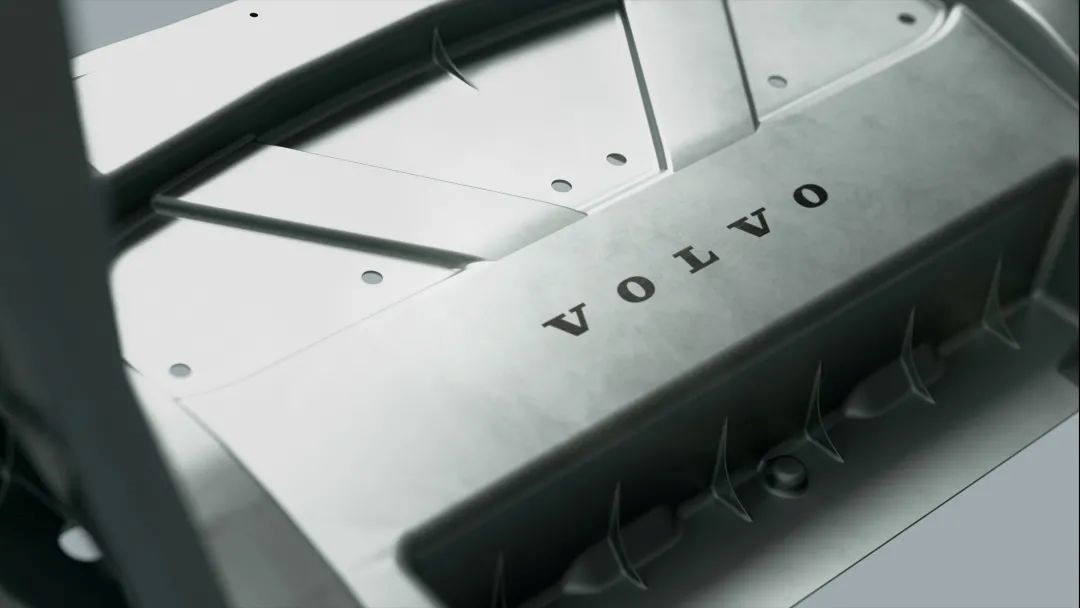
This technology will gradually be popularized in Volvo’s global production system, including advanced factories in China, along with new platforms and models.
Technological innovation represented by integral casting will attract more and more attention in the coming time, because this is a positive starting point for shaping the new generation of electric vehicles.
A single technological innovation may prepare for building a new car, while process innovation prepares for building a new generation of cars.
Volvo has obviously prepared early.
This article is a translation by ChatGPT of a Chinese report from 42HOW. If you have any questions about it, please email bd@42how.com.
